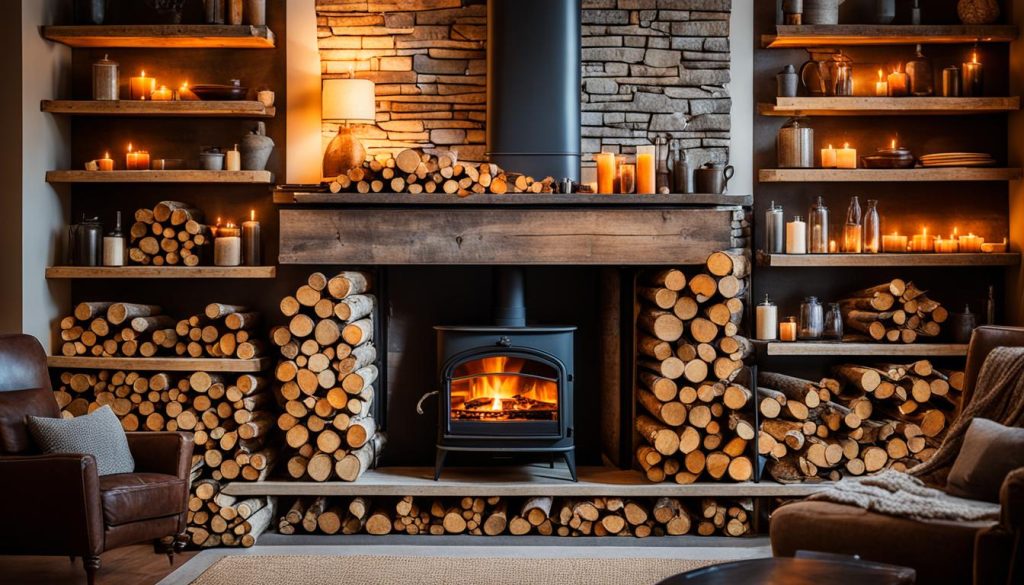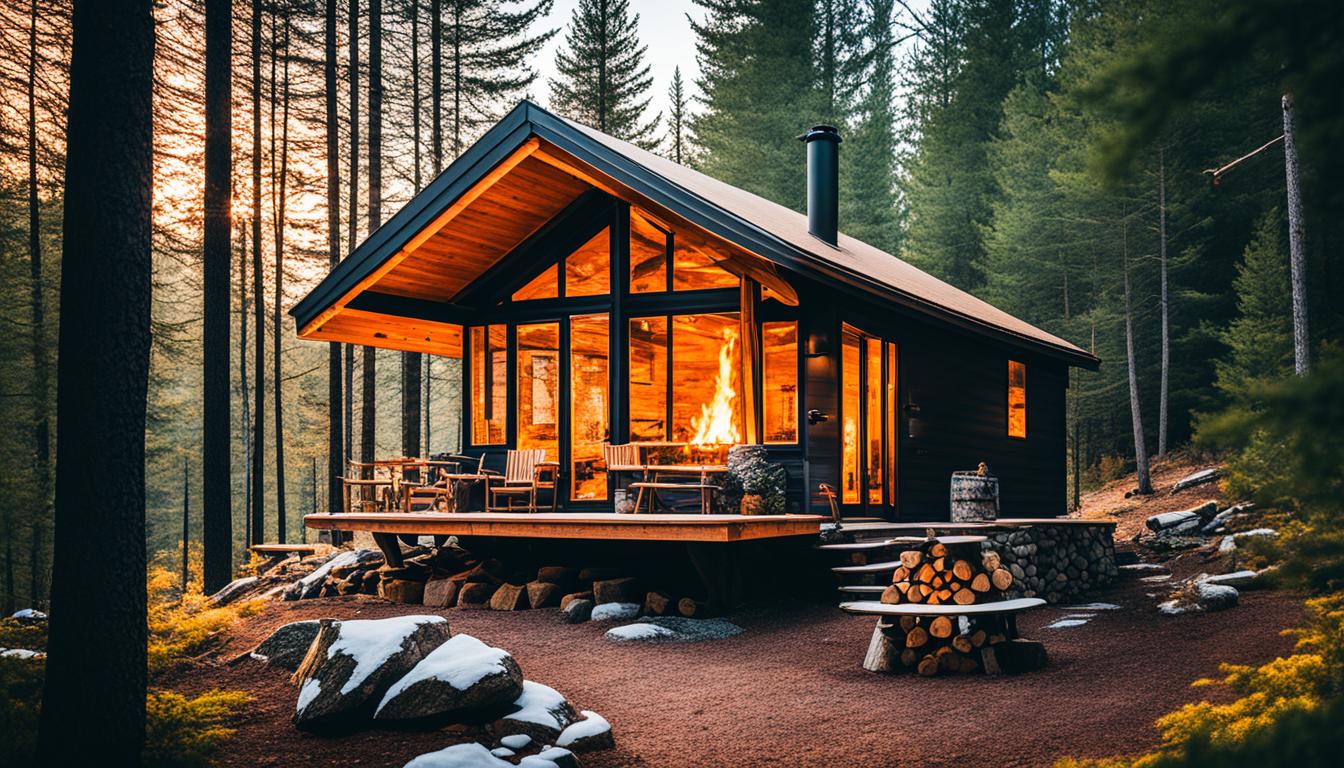In this comprehensive guide, I’ll share 11 clever and practical ways to heat your home without relying on electricity. Whether you’re facing a power outage, living off-the-grid, or simply seeking more sustainable heating options, these innovative solutions will help you stay warm and cozy even when the grid goes down. From harnessing natural warmth to leveraging clever home design, you’ll discover a range of eco-friendly and budget-friendly strategies to keep your living space toasty and comfortable.
Embracing the Power of Natural Warmth
As we embark on our journey to heat our homes without relying on electricity, it’s time to explore the wonders of natural heating methods. One of the most captivating approaches is harnessing the sun’s radiant energy through passive solar design. By strategically positioning our living spaces and incorporating the right materials, we can harness the sun’s warmth and reduce our carbon footprint.
Harnessing the Sun’s Radiant Energy
Passive solar design is a simple yet effective way to capitalize on the sun’s power. This approach involves positioning your home to maximize sun exposure, installing large south-facing windows, and incorporating thermal mass materials like concrete or stone that can absorb and release heat throughout the day. By thoughtfully integrating these elements, you can create a warm and cozy living space that requires minimal additional heating.
To further enhance the efficiency of passive solar design, consider incorporating insulation and strategic window placement. High-performance insulation can help retain the warmth generated by the sun, while strategically placed windows can capture the maximum amount of natural light and heat.
Creating a Cozy Living Space
In addition to harnessing the sun’s energy, we can also create a cozy living space that maximizes thermal mass and insulation. Thermal mass materials, such as masonry or concrete, can absorb heat during the day and release it gradually at night, helping to maintain a comfortable and consistent temperature.
Complementing thermal mass, insulation plays a crucial role in retaining the warmth within your home. Properly insulating your walls, floors, and ceilings can significantly reduce heat loss and minimize the need for additional heating sources.
By combining the principles of passive solar design, thermal mass, and insulation, you can create a harmonious and energy-efficient living space that embraces the power of natural warmth. This holistic approach not only reduces your reliance on electricity but also contributes to a more sustainable and comfortable lifestyle.

“The sun, with all those planets revolving around it and dependent on it, can still ripen a bunch of grapes as if it had nothing else in the universe to do.” – Galileo Galilei
11 Ways to Heat a House Without Electricity
In this final section, I’ll unveil 11 specific ways to heat your home without electricity. From using wood stoves and pellet stoves to harnessing the power of kerosene heaters and propane heaters, you’ll discover a range of practical and versatile solutions. I’ll also cover the use of body heat, candles, and hot water bottles, as well as various insulation techniques, including the installation of thermal curtains. Additionally, I’ll share some DIY heating projects that you can easily implement to stay warm and cozy during power outages or off-grid living.
One of the most efficient and sustainable options is the use of wood stoves or pellet stoves. These reliable heat sources can keep your living spaces toasty and comfortable, even when the grid is down. Kerosene heaters and propane heaters are also excellent choices, providing instant and controllable warmth without the need for electricity.
For a more natural approach, harnessing the power of body heat can be a surprisingly effective way to stay warm. Layering up with warm clothing and blankets, and even cuddling with loved ones, can help retain your body’s natural heat. Candles and hot water bottles are also simple and cost-effective solutions, adding a cozy ambiance to your home while providing gentle warmth.



